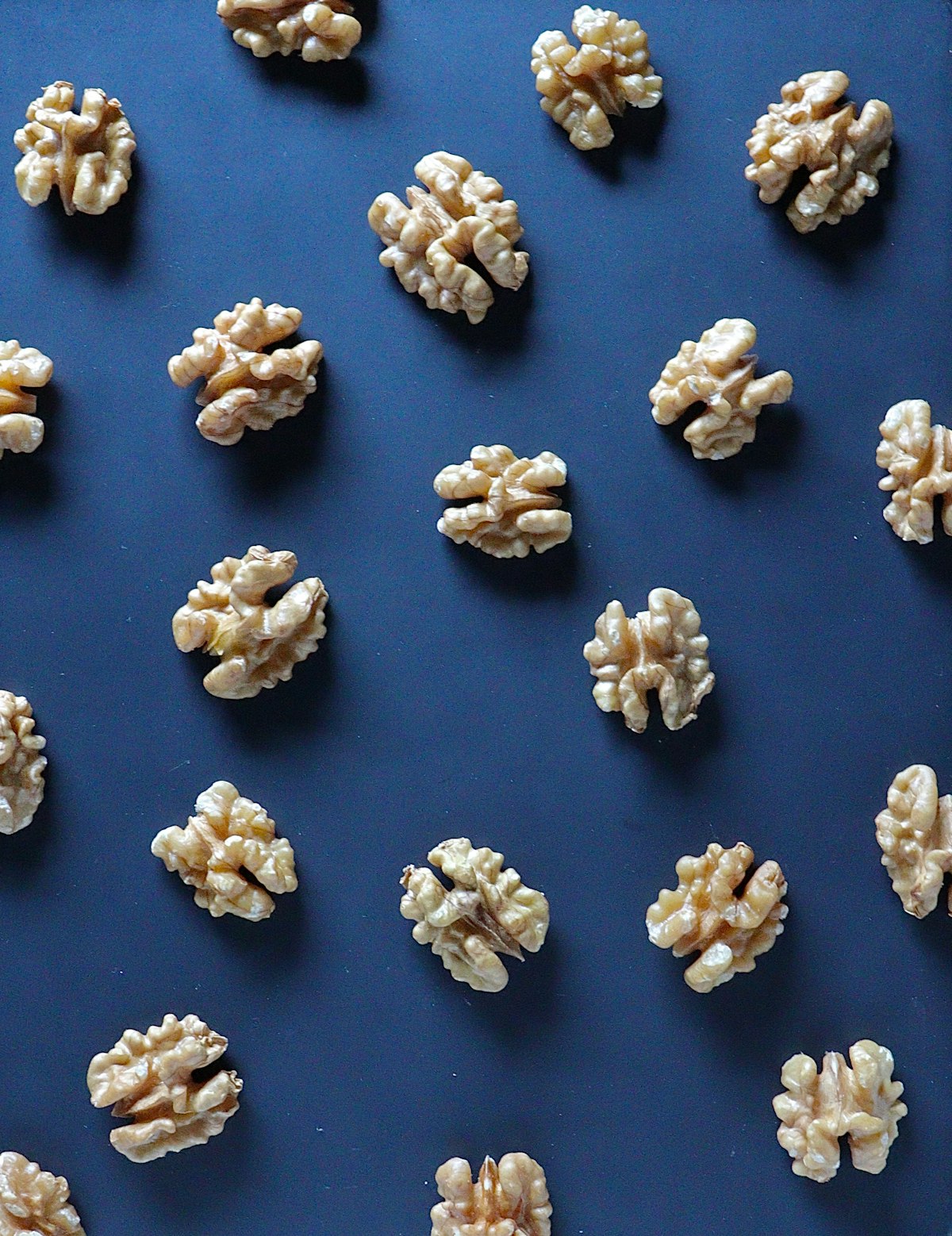
Gallstones are small, pebble-like substances that develop in the gallbladder. They are formed when there is an imbalance in the substances that make up bile, which can lead to the formation of hardened deposits. Gallstones can vary in size and number, and can cause a range of symptoms that can be debilitating. Understanding the symptoms of gallstones is essential for proper diagnosis and treatment.
In this article, we will explore the common signs and symptoms of gallstones, and how they can impact an individual’s overall health and well-being. By recognizing these symptoms, individuals can seek proper medical attention and receive appropriate treatment to address their condition.
1. Abdominal Pain
One of the most common symptoms associated with gallstones is abdominal pain. Typically, the pain is felt in the upper right side of the abdomen and can radiate to the back or the right shoulder. The pain can be severe and may come and go, often occurring after meals. This is due to the gallbladder contracting in an attempt to release bile, which can cause discomfort and pain for individuals with gallstones.
If you experience persistent or severe abdominal pain, especially if it is accompanied by other symptoms, it is important to seek medical attention to rule out or confirm the presence of gallstones.
2. Nausea and Vomiting
In some cases, individuals with gallstones may experience nausea and vomiting. This can occur as a result of the blockage of bile ducts by gallstones, which can lead to a buildup of bile in the gallbladder. The accumulation of bile can cause irritation and inflammation, leading to feelings of nausea and the urge to vomit.
If you are experiencing persistent nausea and vomiting, especially in combination with other symptoms such as abdominal pain, it is important to consult with a healthcare professional to determine the underlying cause.
3. Jaundice
Jaundice is a condition characterized by yellowing of the skin and the whites of the eyes. It can occur when gallstones block the bile ducts, leading to a buildup of bilirubin in the body. Bilirubin is a yellow pigment produced by the liver and is normally excreted in bile. When the bile ducts are blocked, bilirubin can accumulate in the bloodstream, causing the skin and eyes to appear yellow.
If you notice any signs of jaundice, it is important to seek medical attention immediately, as this may indicate a serious complication related to gallstones.
4. Fever and Chills
In some cases, gallstones can lead to complications such as inflammation or infection of the gallbladder or bile ducts. This can result in the development of fever and chills, as the body responds to the presence of infection. Fever and chills are not typical symptoms of uncomplicated gallstones, but if they occur, it is important to seek medical attention for further evaluation and treatment.
It is important to note that fever and chills in combination with other symptoms may indicate a more serious issue related to gallstones, and should not be ignored.
5. Changes in Stool and Urine Color
Changes in the color of stool and urine can be a sign of a blockage in the bile ducts caused by gallstones. When bile flow is blocked, the stool can become pale or clay-colored, and the urine can become darker in color. These changes occur due to the impaired ability of the body to process and excrete bile, leading to alterations in the color of waste products.
If you notice changes in the color of your stool and urine, especially in combination with other symptoms, it is important to consult with a healthcare professional to determine the underlying cause.
6. Indigestion and Bloating
Gallstones can cause digestive issues such as indigestion and bloating, as they can interfere with the normal flow of bile and digestion. Individuals with gallstones may experience discomfort after eating, as well as bloating and gas. These symptoms can be particularly bothersome and can impact an individual’s quality of life.
If you are experiencing persistent indigestion and bloating, especially in combination with other symptoms, it is important to seek medical evaluation to determine the underlying cause and receive appropriate treatment.
7. Back Pain
Back pain can also be a symptom of gallstones, particularly when the pain is felt in the upper right side of the back. The pain may be dull and persistent, and can be associated with other symptoms such as abdominal pain and discomfort. This is due to the referral of pain from the gallbladder to the back, and can significantly impact an individual’s daily activities and overall well-being.
If you are experiencing persistent back pain, especially in combination with other symptoms, it is important to seek medical attention to determine the underlying cause.
8. Chest Pain
Sometimes, gallstones can cause referred pain to the chest, particularly in the upper right side. This can result in a sensation of pressure, discomfort, or pain in the chest region, which can be alarming for individuals experiencing this symptom. Chest pain associated with gallstones may occur after eating or can be persistent, and should be evaluated by a healthcare professional to determine the cause.
If you are experiencing chest pain, especially in combination with other symptoms, it is important to seek medical attention to rule out or confirm the presence of gallstones.
9. Intolerance to Fatty Foods
Individuals with gallstones may experience intolerance to fatty foods, as these can exacerbate symptoms such as abdominal pain and bloating. The consumption of fatty foods can lead to discomfort and digestive issues, as the gallbladder is unable to effectively release bile to aid in the digestion of fats. This intolerance can impact an individual’s dietary choices and overall nutritional intake.
If you notice an intolerance to fatty foods and experience digestive issues after consuming them, it is important to consult with a healthcare professional to determine the underlying cause and receive appropriate guidance on dietary management.
10. Unexplained Weight Loss
Unexplained weight loss can also be a symptom of gallstones, particularly if it occurs in conjunction with other symptoms such as abdominal pain and digestive issues. Gallstones can lead to changes in appetite and dietary habits, which can result in unintended weight loss. It is important to monitor changes in weight and seek medical attention if weight loss is unexplained or persistent.
If you notice unexplained weight loss, especially in combination with other symptoms, it is important to seek medical evaluation to determine the underlying cause and receive appropriate treatment for any underlying conditions.












